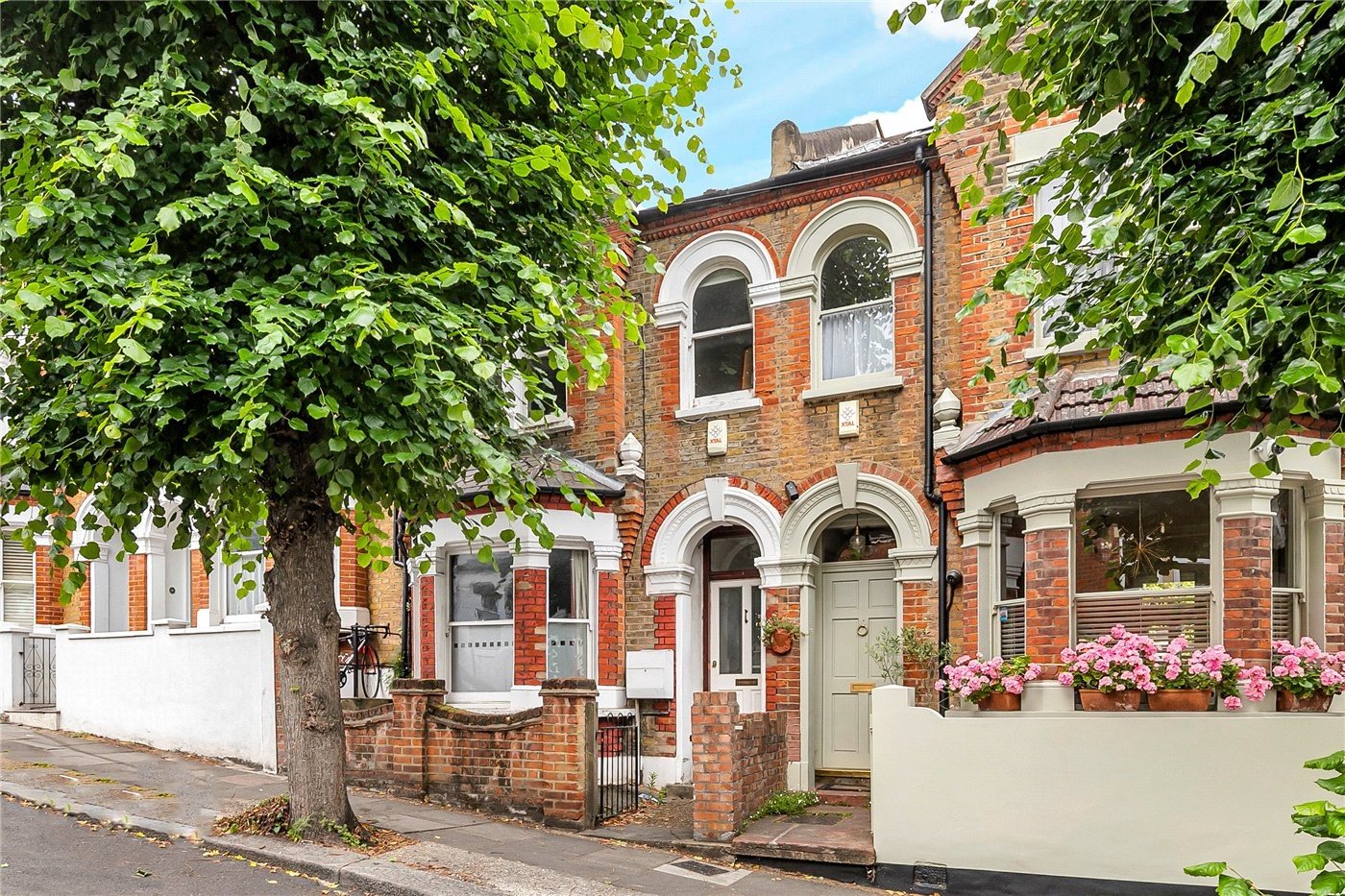When it comes to buying a home, priorities vary—space, style, transport links, and green spaces all factor in. But for many families, one consideration trumps them all: proximity to a good school.
Whether you're a parent planning for your child’s future or considering the long-term returns on your property, understanding the “school effect" on property prices is vital.
Why do good schools boost house prices?
It’s simple economics: high demand, low supply. Good schools are often oversubscribed, and living within their catchment is one of the only guaranteed ways to secure a place. This drives intense competition for nearby homes, inflating prices above regional averages.
Research from PwC found that homes near the top 10% of secondary schools can cost around 6.8% more than those outside the catchment. For primary schools, this figure rises even higher in some regions; up to 12% in areas like Yorkshire and the Humber.
Catchment premiums by the numbers
Here's what recent data tells us:
- Outstanding-rated schools: Homes within their catchment can be worth 10–15% more than similar homes outside the zone.
- Regional disparities: In London, catchment premiums average £32,000, while in parts of the Midlands and North, the uplift can be more than £25,000—a significant jump in relative terms.
- Rental demand: Even the rental market isn’t immune. Parents frequently rent short-term to secure an address within a school's catchment. In some cases, this demand pushes rents 5–10% higher than the local average.
London and beyond: where the impact is most visible
London is ground zero for catchment price wars. In areas like Barnes, Clapham, or Dulwich, houses near highly rated primaries and grammar schools routinely attract sealed bids and bidding wars.
In Farnham, Henry Griffin, Sales Director of Winkworth Farnham reported that proximity to Weydon School, rated "Outstanding" by Ofsted, has added significant premiums to comparable homes. Detached family homes that would have once sold for £850,000 now frequently exceed £1 million, driven by the school’s appeal alone.
The same trend is evident in commuter belts. Parents willing to swap a 30-minute journey for 90 minutes are buying further afield to gain access to schools in towns like St Albans, Guildford, or Winchester.

Houses in areas such as Clapham command high premiums due to proximity to good schools.
Ofsted as a market indicator
Buyers use Ofsted ratings like a compass. A single point difference, say, moving from "Good" to "Outstanding," can influence both demand and price significantly. It’s not unusual for estate agents to highlight these ratings prominently in listings, and savvy sellers know that a well-performing school nearby can speed up a sale.
Equally, when a school’s rating drops, the market responds. A downgrade can flatten growth or even reduce value, particularly in areas where the school is the main draw.
Beyond bricks: the social impacts
While good schools help homeowners build equity, the flip side is a growing concern over inequality. Catchment areas are becoming increasingly expensive, leading to an accessibility barrier. Some local authorities are reviewing how school places are allocated, introducing lottery systems or prioritising pupil premium eligibility to combat this. Areas such as Brighton & Hove have experimented with such reforms, though they remain contentious.

Houses near schools with good Ofsted ratings can be a major drawer for buyers.
What this means for buyers and sellers
For Buyers:
- Do your research early: School catchments can change yearly. Use tools like the government’s school comparison service but also speak to local agents who know how schools perform beyond the statistics.
- Factor in future growth: New school developments or expansions may shift catchment boundaries and affect value.
- Look beyond Ofsted: Consider parent reviews, extracurricular options, and pastoral care when assessing school quality.
For Sellers:
- Highlight educational benefits in your listing: Mention Ofsted ratings, school proximity, and any notable academic achievements.
- Time your sale strategically: Listing just before school application deadlines can capture motivated buyers.
- Work with agents who understand the market: Winkworth branches across the country regularly handle transactions influenced by school choices and we know how to market homes accordingly.
Final thoughts
In today’s market, school quality isn't just a bonus; it’s a decisive factor. Many buyers prioritise catchment areas over commute times, garden size, and even budget. Homes near sought-after schools tend to hold their value better and attract faster offers, even in slower markets. Whether you’re buying for your family or investing for the future, proximity to a good school can pay off in more ways than one.
Thinking of buying or selling in a school catchment area?
Get in touch with your local Winkworth branch for expert guidance and property insights tailored to your needs.




